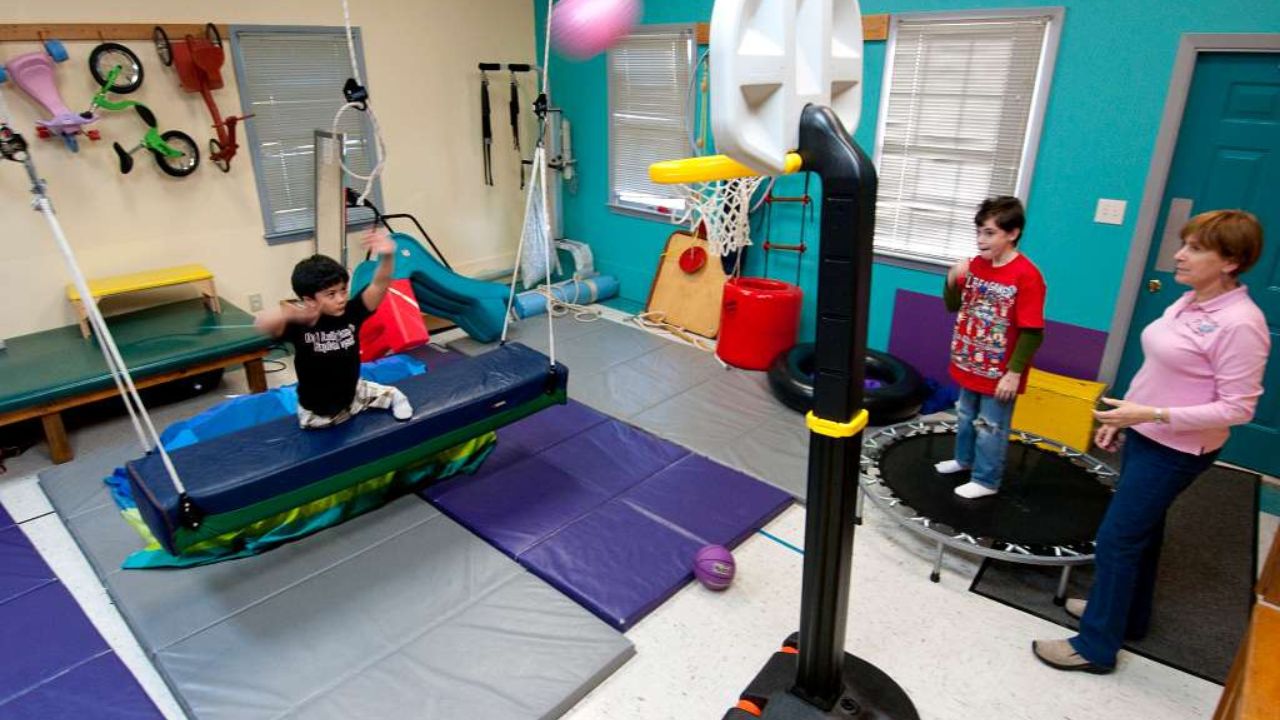
In pediatric physical therapy, utilizing the right tools and equipment is crucial for enhancing a child's progress.
This article explores the top 10 essential tools and equipment that can elevate a child's physical therapy journey.
From therapy balls and balance boards to tactile sensory tools and adaptive seating systems, these tools provide therapists with the means to create a stimulating and effective therapy environment.
By incorporating these tools, therapists can help children achieve their therapy goals and improve their overall well-being.
Therapy Balls
Therapy balls play a crucial role in promoting balance and coordination during pediatric physical therapy sessions. These inflatable balls provide numerous benefits for children with sensory processing issues. The gentle rocking and bouncing movements on the therapy ball help to stimulate the body's proprioceptive system, which is responsible for sensing body position and movement. This sensory input can be especially beneficial for children who struggle with sensory processing, as it helps to improve body awareness and self-regulation.
When choosing the right therapy ball size for pediatric physical therapy, it is important to consider the child's height and weight. Generally, a therapy ball should be large enough so that when the child sits on it with their feet flat on the ground, their knees are at a 90-degree angle. This ensures proper alignment and stability during therapy exercises. It is also important to choose a therapy ball that is made of durable, anti-burst material to ensure safety during use.
Balance Boards
Balance boards are a versatile and effective tool for improving balance and coordination in pediatric physical therapy. Incorporating balance boards into a child's therapy sessions can provide numerous benefits.
Here are three ways to integrate balance boards into a child's therapy sessions:
Balance exercises: Balance boards challenge a child's stability, helping to improve their balance and proprioception. They can practice standing on the board while performing different activities, such as catching a ball or playing a game.
Core strengthening: Using a balance board engages the core muscles, promoting strength and stability. Children can perform various exercises, such as squats, lunges, or even sit-ups, while balancing on the board.
Coordination and motor skills: By incorporating balance boards into therapy sessions, children can enhance their coordination and motor skills. They can practice shifting their weight, reaching for objects, or performing specific movements while maintaining balance on the board.
Integrating balance boards into pediatric physical therapy sessions can provide a fun and effective way to enhance a child's progress in balance and coordination.
Tactile sensory tools play a vital role in enhancing a child's sensory processing abilities during pediatric physical therapy sessions. Two essential tools that help in this aspect are weighted blankets and sensory brushes.
Weighted blankets provide deep pressure stimulation, which can have a calming effect on children with sensory processing difficulties. The added weight creates a sense of security and can help regulate their sensory input, leading to improved focus and attention during therapy sessions. These blankets are designed to distribute weight evenly and are available in various sizes and weights to suit individual needs.
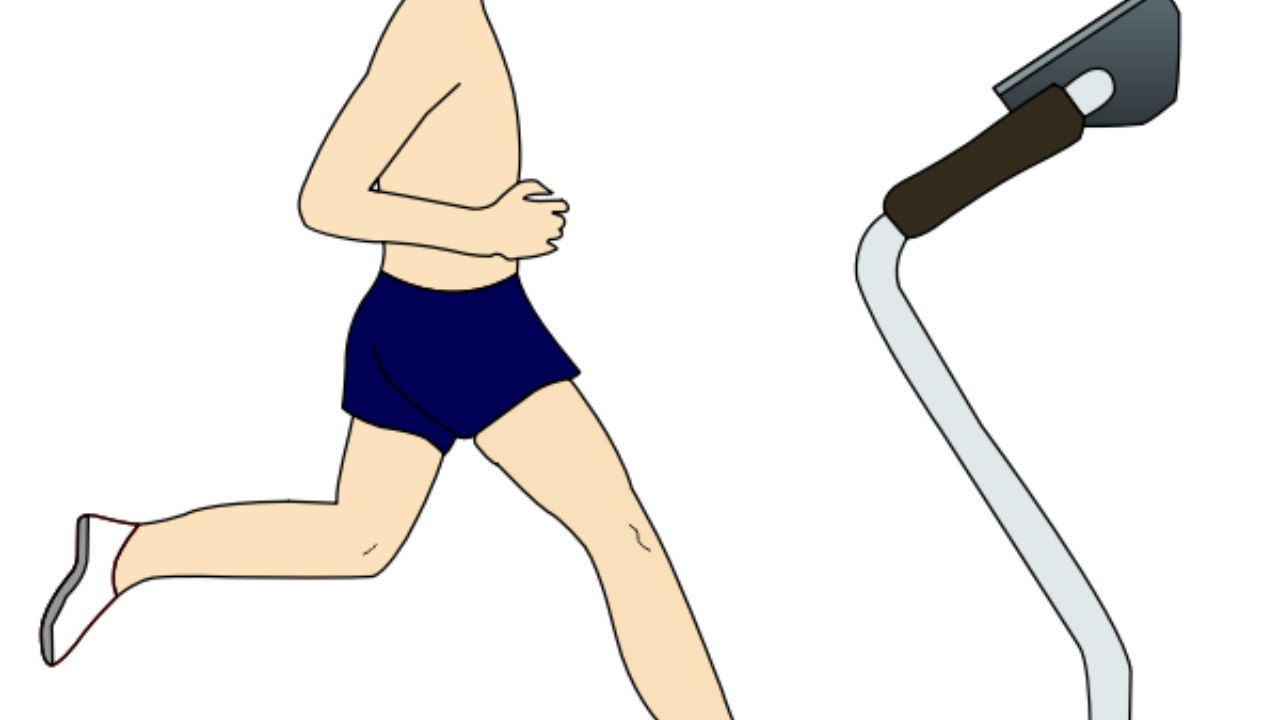
Sensory brushes, on the other hand, are used to provide tactile stimulation. These brushes have soft bristles that can be gently applied to the child's skin. The brushing action helps to desensitize hypersensitive areas and improve sensory integration. It is important to use these brushes under the guidance of a therapist to ensure proper technique and safety.
Incorporating weighted blankets and sensory brushes into pediatric physical therapy sessions can significantly enhance a child's sensory processing abilities and overall progress.
Parallel Bars
Significantly improving children's strength and coordination, parallel bars are an essential piece of equipment used in pediatric physical therapy sessions. Here are three key benefits of using parallel bars in pediatric physical therapy:
Stability:
Parallel bars provide a stable and secure support system for children during therapy sessions. This allows them to practice balance and weight-bearing exercises with confidence, reducing the risk of falls and injuries.
Progression:
Parallel bars offer a range of height adjustments, allowing therapists to gradually increase the challenge as children's strength and coordination improve. This helps children gradually build their skills and reach new milestones in their therapy journey.
Independence:
By using parallel bars, children can work on their mobility and gait training with reduced assistance from therapists. This promotes a sense of freedom and independence, empowering children to take control of their own therapy sessions.
To optimize parallel bar therapy sessions for children, therapists can incorporate techniques such as task-specific training, progressive resistance exercises, and incorporating games and activities to make therapy sessions fun and engaging.

Adjustable Suspension Systems
One of the key tools used in pediatric physical therapy sessions is the adjustable suspension system, which allows therapists to provide customized support and assistance to children during therapy exercises.
These systems are designed to ensure the safety and effectiveness of the therapy sessions, allowing therapists to adjust the level of support based on the child's individual needs and progress. This flexibility is particularly important when working with children of different age groups, as their physical abilities and requirements may vary significantly.
Adjustable suspension systems can be adapted to accommodate the specific needs of infants, toddlers, and older children, allowing therapists to provide targeted assistance and promote optimal progress.
Therapeutic Trampolines
When incorporating therapeutic trampolines into pediatric physical therapy sessions, therapists can enhance a child's progress by providing a dynamic and engaging environment for their therapeutic exercises. Trampolines offer several benefits for children undergoing physical therapy, including:
Improved balance and coordination: Jumping on a trampoline helps children develop their balance and coordination skills, as they learn to control their body movements in a dynamic and unpredictable environment.
Increased muscle strength and endurance: The repetitive bouncing motion on a trampoline engages multiple muscle groups, helping children build strength and endurance, which is crucial for their overall physical development.
Enhanced cardiovascular fitness: Jumping on a trampoline is a fun and effective way to improve cardiovascular fitness. It gets the heart rate up and promotes better circulation, benefiting the child's overall health.
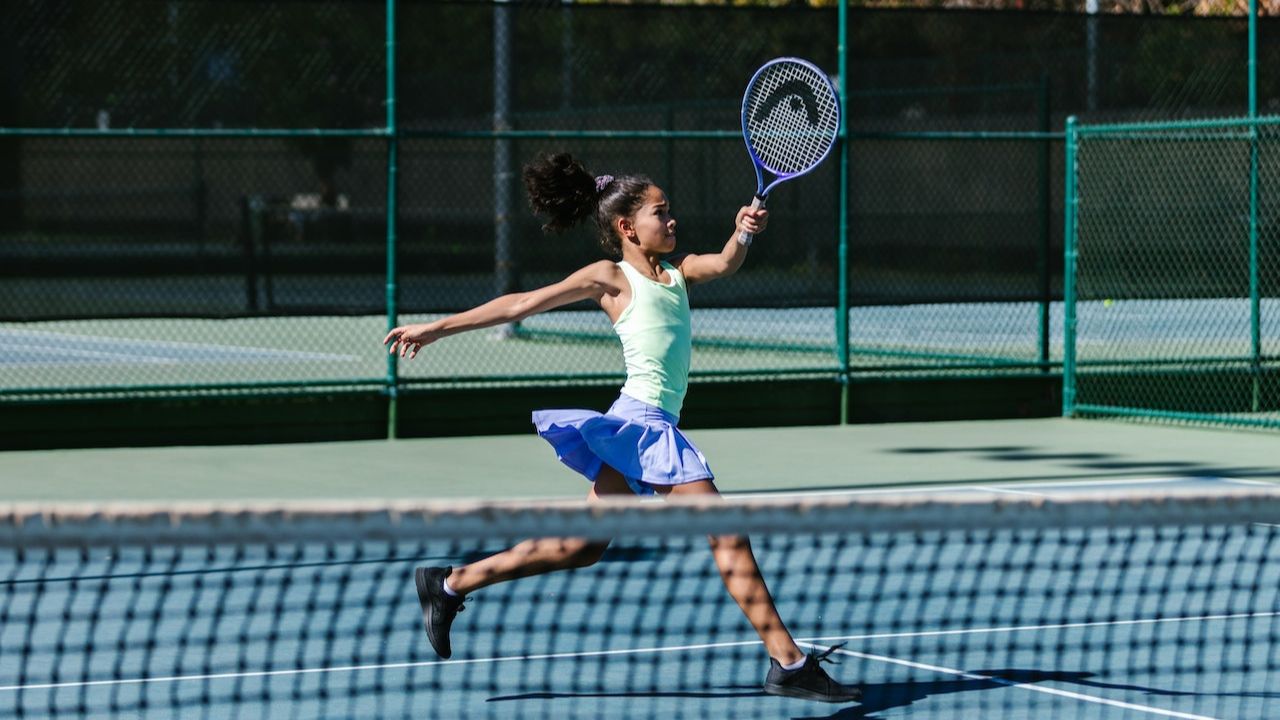
While therapeutic trampolines can be beneficial, it is important to prioritize safety. Therapists should ensure proper supervision, use trampolines with safety nets, and follow recommended weight limits to prevent injuries and accidents during therapy sessions.
Pediatric Walkers
Pediatric walkers, also known as gait trainers, are essential devices used in pediatric physical therapy to assist children in improving their mobility and walking abilities. These walkers provide numerous benefits for children with mobility issues.
Firstly, they offer support and stability, allowing children to practice walking with a reduced risk of falls or injuries. This helps build confidence and encourages independent movement.
Additionally, pediatric walkers promote proper alignment and strengthen muscles, improving overall posture and balance. They also provide a safe and controlled environment for children to practice walking, allowing therapists to monitor and adjust their gait patterns as needed.
When choosing a pediatric walker, it is important to consider the child's specific needs. Factors such as height adjustability, weight capacity, and maneuverability should be taken into account to ensure the walker suits the child's size and abilities.
The hand and finger strengthening tools are essential equipment used in pediatric physical therapy to improve fine motor skills and enhance dexterity in children. These tools play a crucial role in helping children develop the strength and coordination necessary for everyday activities.
Here are three hand and finger strengthening tools commonly used in pediatric physical therapy:
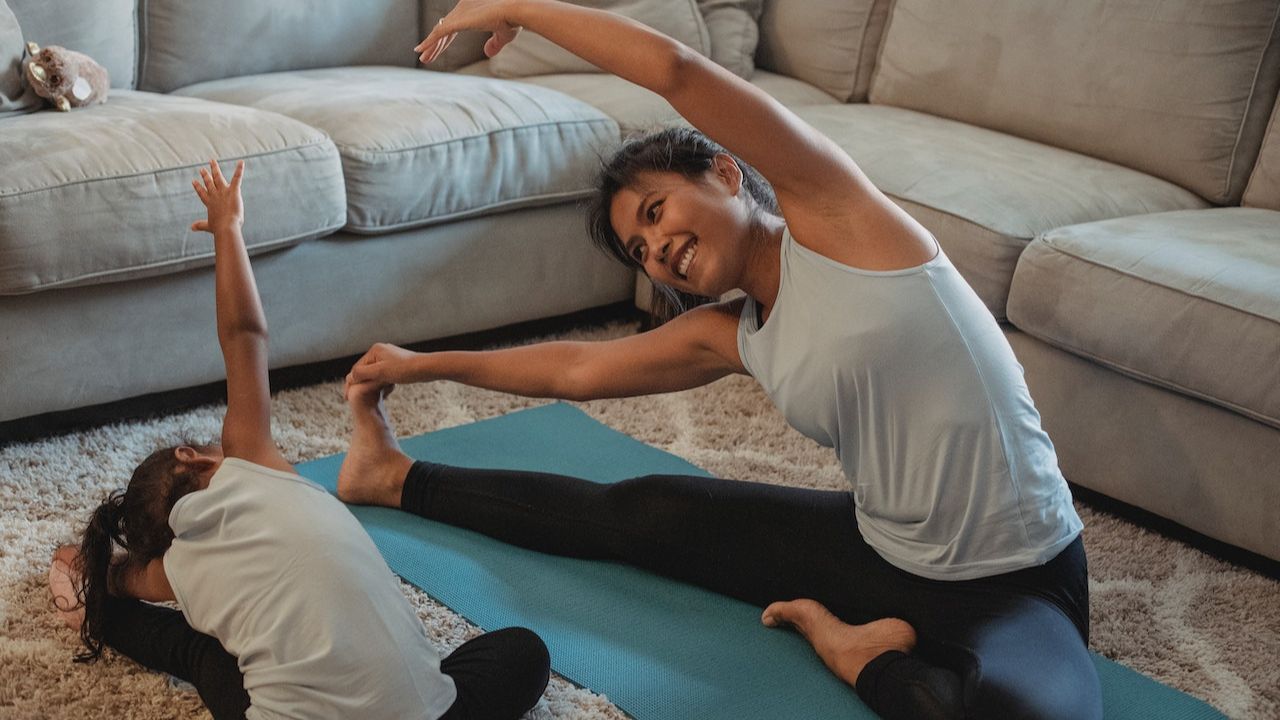
Hand putty or therapy dough: This versatile tool helps children engage in fine motor exercises by squeezing, pinching, and rolling the putty. It strengthens the muscles in the hands and fingers while also providing sensory input.
Hand grips or stress balls: These small, portable tools are designed to improve grip strength. Children can squeeze them repeatedly to strengthen their hand muscles and enhance their ability to hold objects with a firm grasp.
Finger exercisers: These devices are specifically designed to target individual finger movements and strengthen the muscles responsible for fine motor skills. Children can use them to perform grip strengthening techniques, such as finger flexion and extension exercises.
Adaptive Seating Systems
Adaptive seating systems provide optimal support and comfort for children during therapeutic activities, ensuring proper body alignment and facilitating functional movement. These systems are designed with customizable cushions that can be adjusted to meet the unique needs of each child. Customizable cushions allow physical therapists to provide targeted support in areas where it is most needed, promoting proper posture and reducing discomfort.
By using adaptive seating systems, therapists can achieve supportive positioning, which is crucial for children with physical limitations or disabilities. Supportive positioning helps improve a child's posture and overall comfort during therapy sessions, allowing them to engage in activities more effectively.
Additionally, adaptive seating systems promote independence and freedom of movement, empowering children to actively participate in their therapy and enhancing their overall progress.
Therapeutic Bikes and Scooters
When incorporating therapeutic bikes and scooters into pediatric physical therapy sessions, physical therapists can engage children in fun and stimulating activities that promote gross motor skills development. These therapeutic bikes and scooters offer numerous benefits, making them valuable tools in a child's therapy journey.
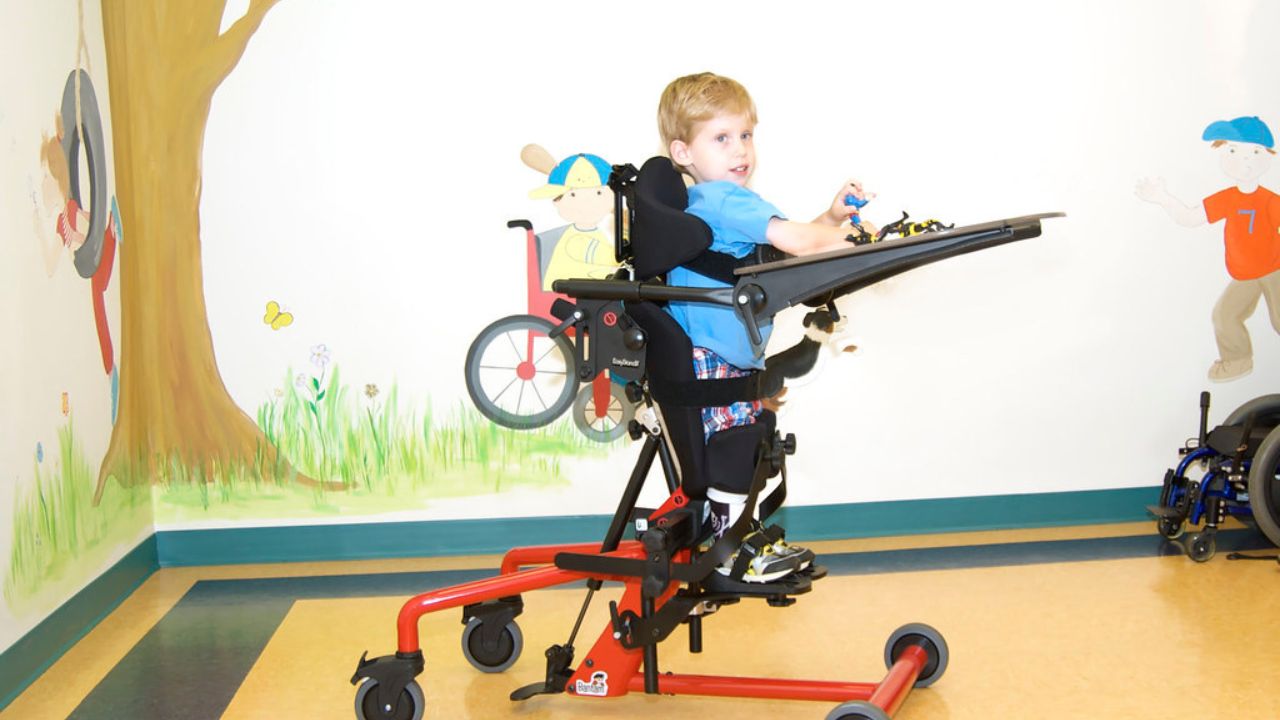
Some of the benefits include:
Improved Balance and Coordination: Riding a bike or scooter requires the child to maintain balance and coordinate their movements, helping to strengthen their core muscles and improve their overall balance.
Increased Strength and Endurance: Pedaling a bike or pushing a scooter requires the use of leg muscles, helping to build strength and endurance in these muscles.
Enhanced Motor Planning: Riding a bike or scooter requires the child to plan and execute their movements, improving their motor planning skills and cognitive abilities.
When choosing the right therapeutic bike or scooter for a child's specific needs, it is important to consider factors such as the child's size, physical abilities, and therapy goals. Consulting with a physical therapist can help determine the most appropriate equipment for each child's unique needs and abilities.
Frequently Asked Questions
How Much Weight Can a Therapeutic Trampoline Support?
A therapeutic trampoline is designed to support the weight of children during physical therapy sessions. The weight limit varies depending on the specific trampoline, but most can support up to 250 pounds. These trampolines offer numerous benefits for children, including improved balance, coordination, and muscle strength.
Tactile sensory tools can be beneficial for children with autism, as they can help with sensory integration. One such tool is the compression vest, which provides deep pressure and proprioceptive input to promote calmness and focus.
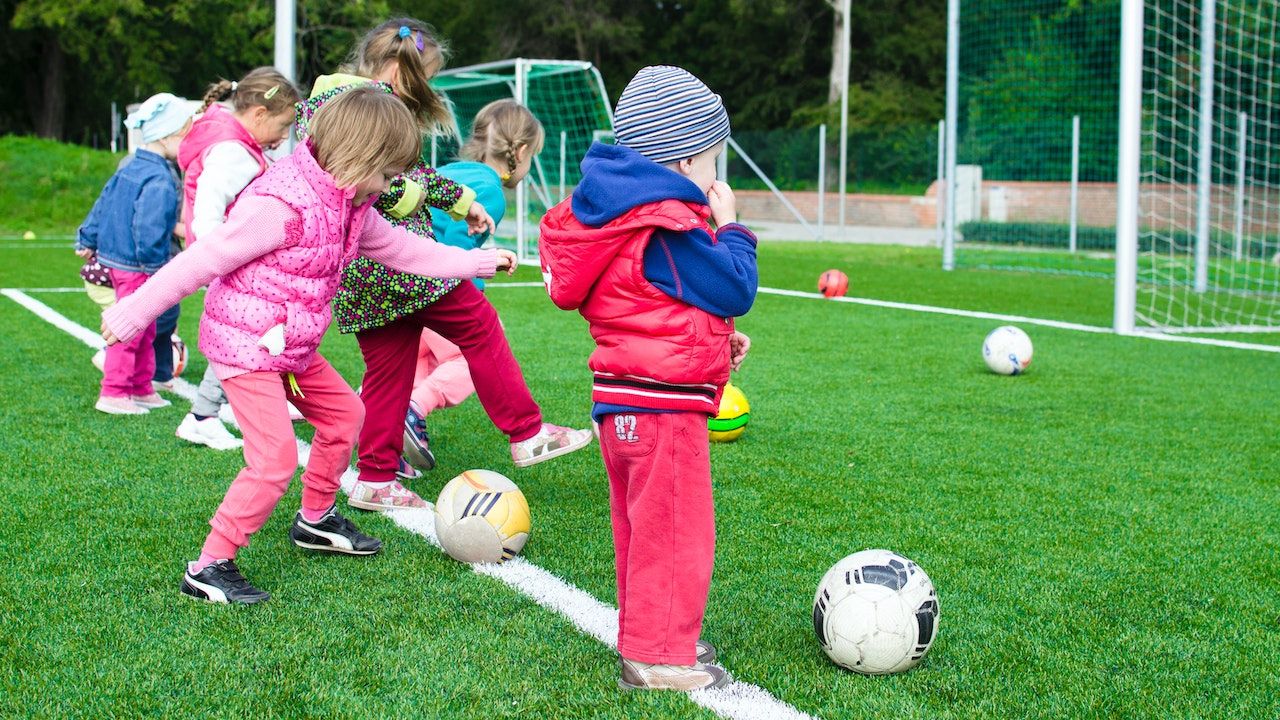
Are Therapeutic Bikes and Scooters Suitable for Children With Physical Disabilities?
Therapeutic bikes and scooters, categorized as adaptive equipment and mobility aids, can be suitable for children with physical disabilities. These tools provide an opportunity for therapeutic exercise and help improve their mobility and overall physical well-being.
What Age Range Are Pediatric Walkers Designed For?
Pediatric walkers are mobility aids designed for children within a specific age range. They offer numerous benefits, including improved balance and coordination. When choosing between walkers and gait trainers, it is important to consider the child's individual needs and abilities.
How Do Adjustable Suspension Systems Work in Pediatric Physical Therapy?
Adjustable suspension systems in pediatric physical therapy provide benefits and challenges. These systems allow therapists to customize the level of support and resistance, enhancing a child's progress by promoting proper alignment and facilitating motor control.
 Mobility trainingHome Fitness RecoverySports Injury PreventionPersonal Physical TherapyOrthopedic SolutionsPrivacy PolicyTerms And Conditions
Mobility trainingHome Fitness RecoverySports Injury PreventionPersonal Physical TherapyOrthopedic SolutionsPrivacy PolicyTerms And Conditions
